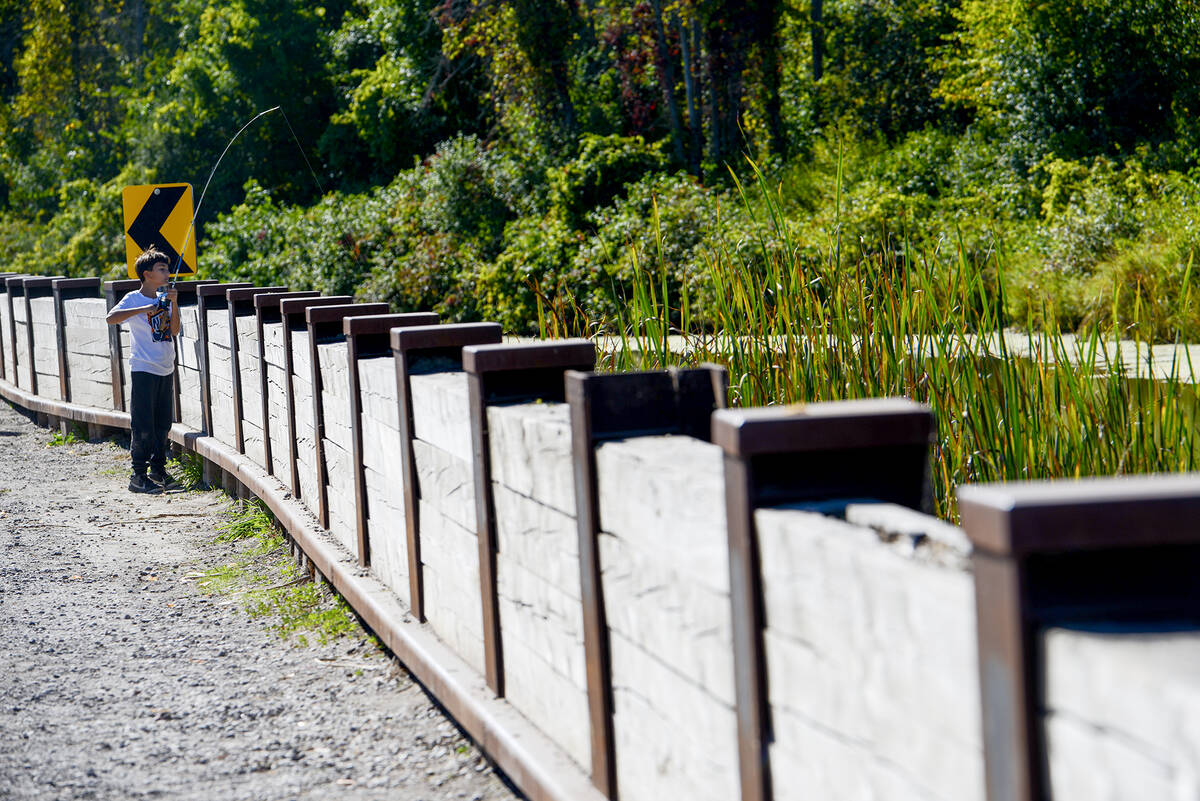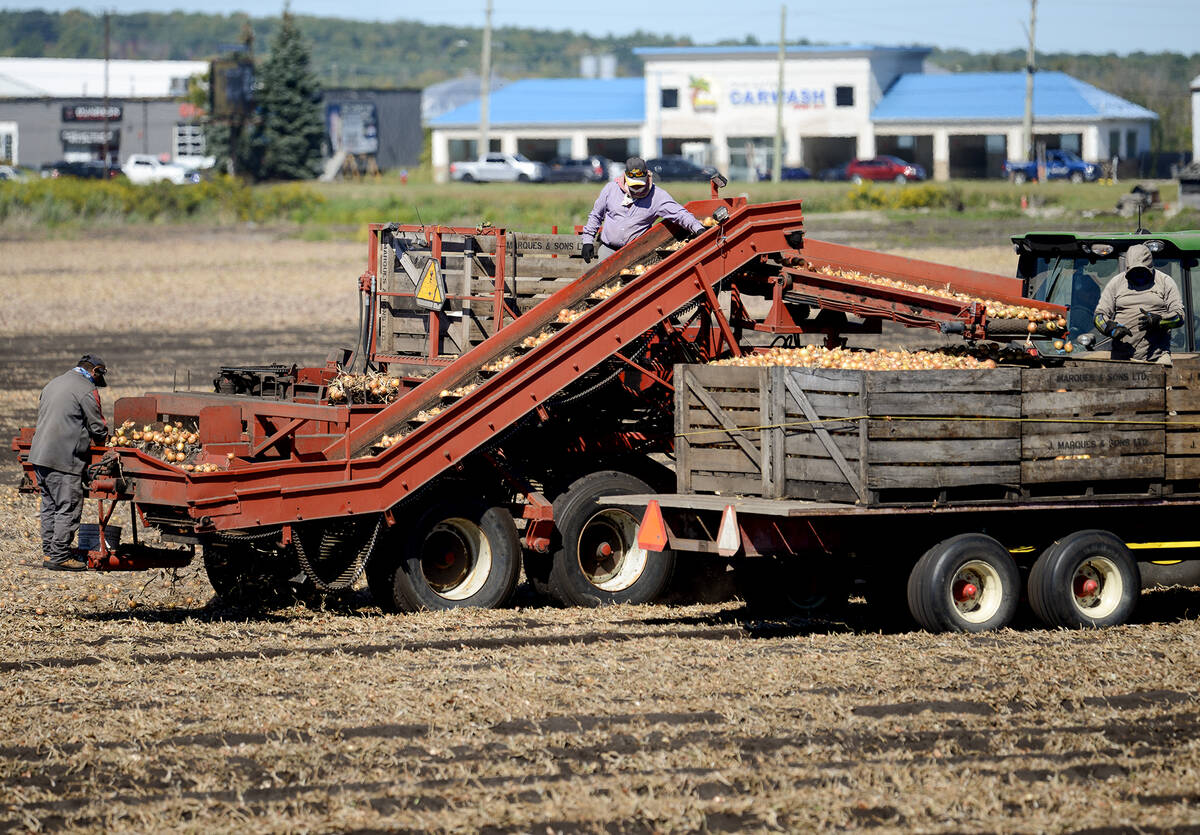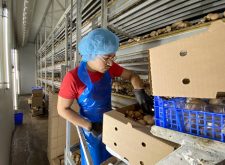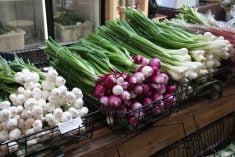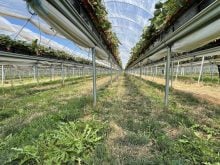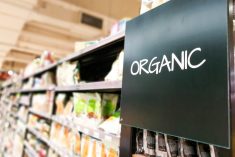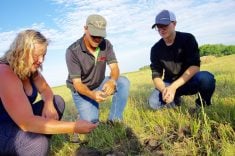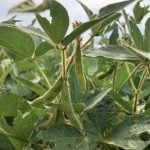From its humble beginnings as a swamp, over the past 100 years the Holland Marsh has evolved into a multi-million-dollar horticultural economic driver in Ontario.
Why it matters: Known as Ontario’s salad bowl, the Holland Marsh contributes $450 million to Ontario’s GDP.
Located about 50 kilometres north of Toronto, the marsh comprises roughly 2,800 hectares of muck soil, producing 90 per cent of Ontario’s Asian vegetables and earns $130 million from carrots and $160 million each from onions and salad greens annually.
How it began
Read Also
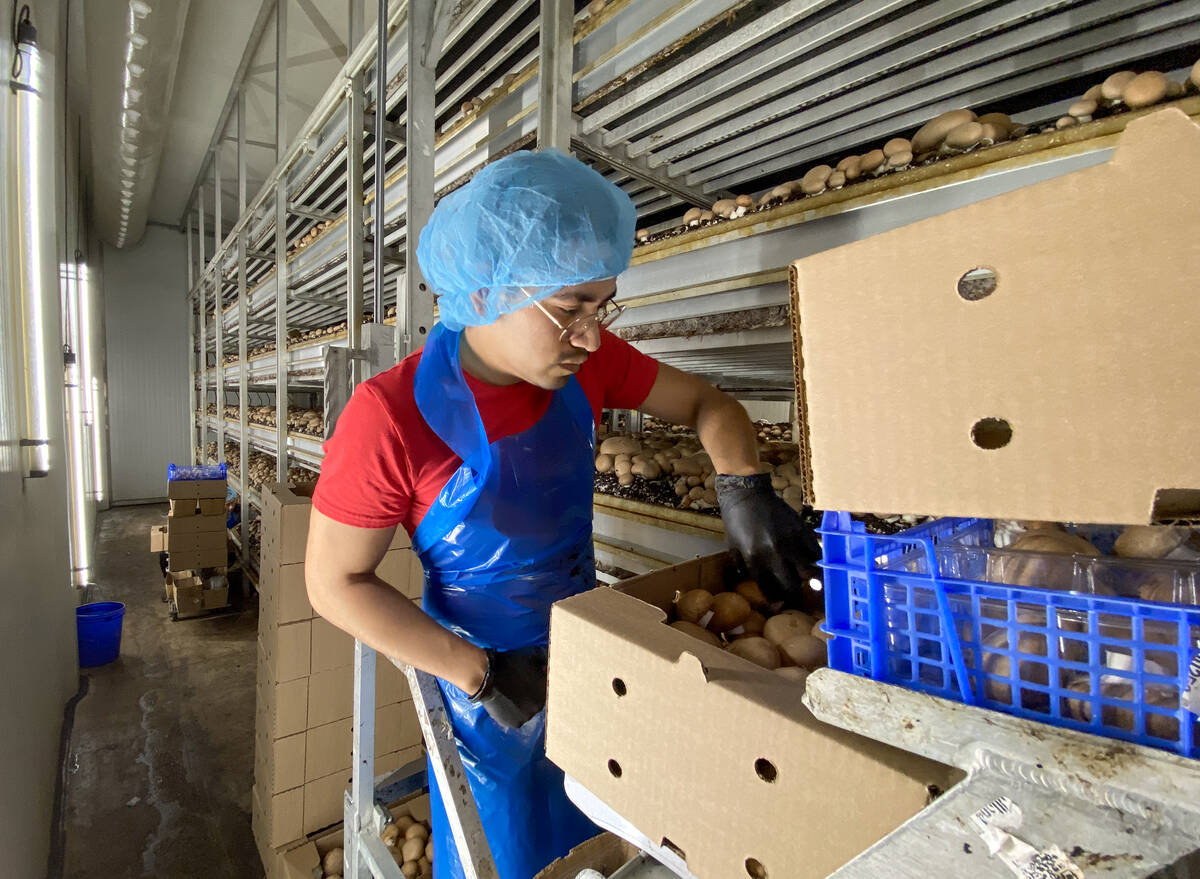
Ontario’s other economic engine: agriculture and food
Ontario Federation of Agriculture president, Drew Spoelstra, says Ontario’s agriculture and agri-food sector should be recognized for its stability and economic driving force.
In the 1880s, the Marsh thrived on harvesting marsh grass and reeds, primarily for making mattresses and hay for Toronto and the surrounding areas. By 1915, the industry peaked, harvesting 4,900 hectares, but declined to 750 hectares, yielding 1,200 tonnes annually from 1914 to 1922.
“Even though we’re celebrating the 100-year anniversary of the Holland Marsh, the first attempt at reclaiming the land actually started in 1910,” explained Frank Jonkman, the drainage superintendent for the Town of Bradford West Gwillimbury (BWG), during a Holland Marsh tour on Sept. 20.
In 1909, a Bradford-area farmer Dave Watson contacted Dr. William H. Day, an Ontario Agricultural College professor and agricultural drainage and farm management visionary, to assess the feasibility of draining the marsh to convert the organic-rich muck into productive land.
The first attempt, known as the “small scheme,” led to the successful growth of celery and the establishment of the Holland Marsh Syndicate.
“The ‘big scheme’ was to drain 7,000 acres (of) swamp land,” said Jonkman. “Today, (Holland Marsh) would be called ‘provincially significant wetland’ (and) this project would never happen.”
The hesitation of King and West Gwillimbury townships, combined with the onset of the First World War, delayed progress.
A drainage feat
However, under Ontario’s Drainage Act, construction began in 1925 of a 28-km polder system began, comprising canals, dykes, pumping stations, and dams, to drain and redirect the 2,800-hectare watershed flowing into the Marsh.
The 18-km Holland River, known as the ‘main drain’, collects water from the Marsh’s 2,833 hectares before the Art Janse Pumping Station (AJPS) relocates it into the canals using up to four pumps with a combined capacity of 67,000 gallons per minute (gpm).
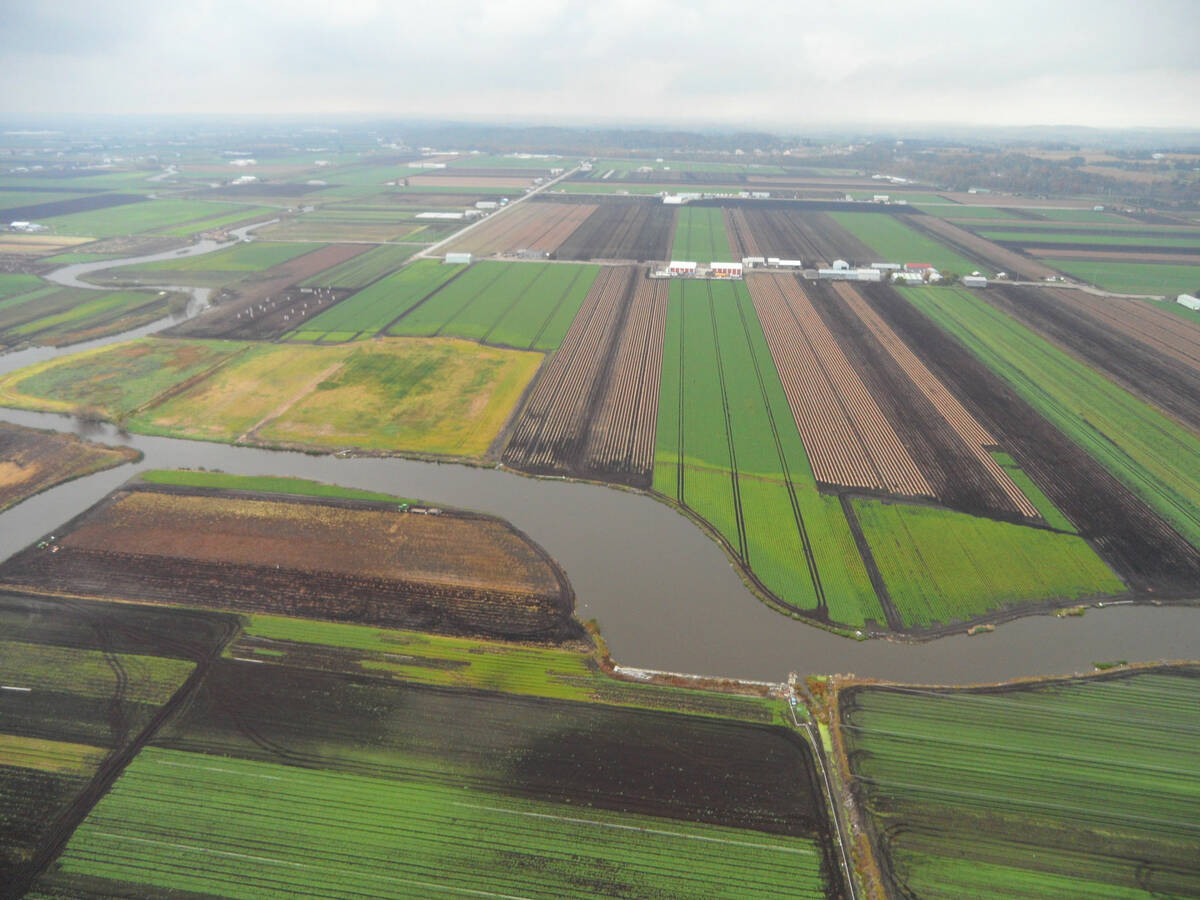
In 2007, BGW and King Township established the Holland Marsh Drainage System Joint Municipal Service Board to oversee the drainage system’s maintenance. Including a multi-year canal project completed in 2016, which relocated some canals by 20 to 24 metres, reinforced banks, and replaced bridges to manage 100-year storm events.
The system was tested in 2017 when a “perfect storm” of rainfall and the AJPS’s unexpected shutdown resulted in approximately 563 million gallons of water flowing into the Marsh, and the successful activation of the emergency management plan.
“If there was a breach in the dykes, this entire area would be underwater,” explained Jonkman, harkening back to 1954 when Hurricane Hazel breached the North Branch and Schomberg River dykes, resulting in widespread flooding reaching up to seven feet in some areas.
He said the water lifted one family and their home, floating it downstream until it came to rest against the base of Highway 400.
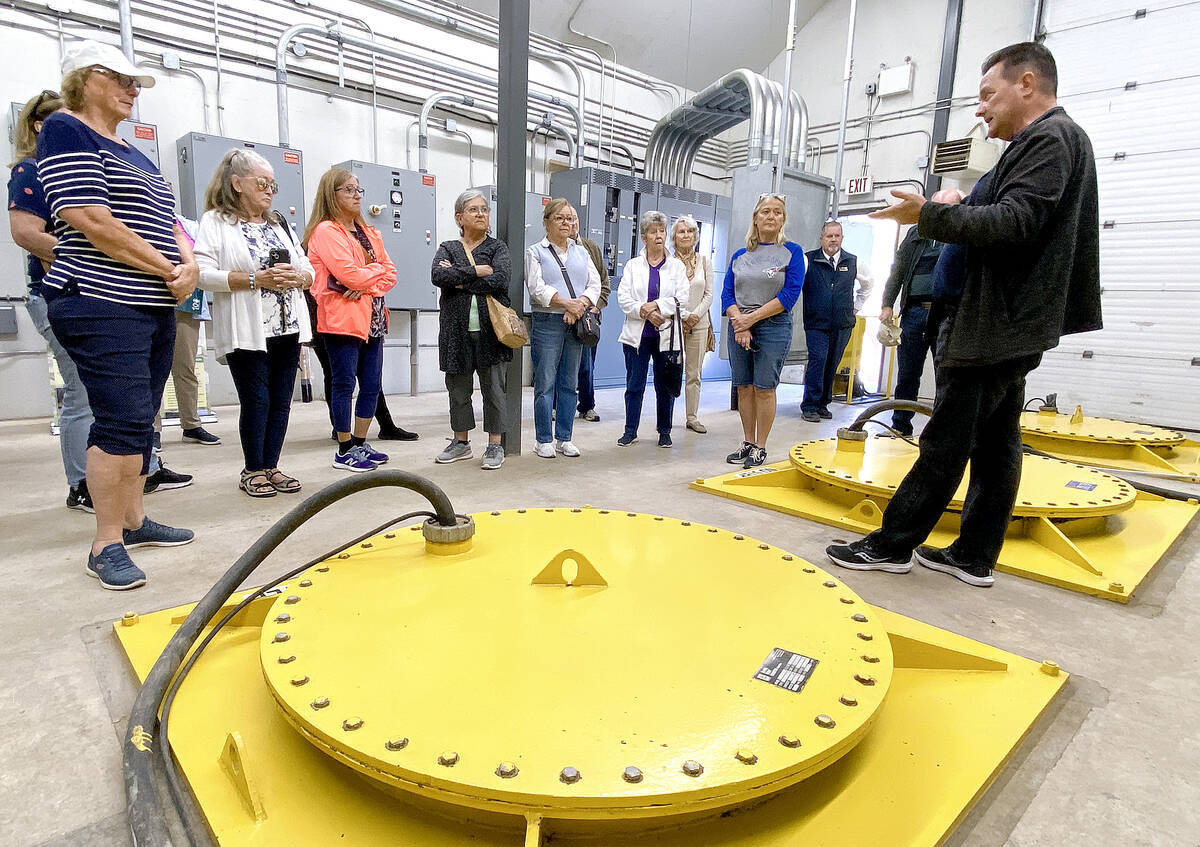
“To this day, everybody in the marsh that benefits from this drainage system helps pay for it. They pay for the operation and the maintenance,” said Jonkman.
Shawn Janse, Ontario Crops Research Centre-Bradford manager, said the Marsh is the largest pocket of muck soil in Ontario, containing on average 60 to 80 per cent organic matter.
Initially, the reclamation was viewed as a failure because people accustomed to soil with two or three per cent organic matter struggled to grow crops in the Marsh.
In 1934, the Canadian, Ontario, and Dutch governments struck a deal to bring 15 Dutch families experienced in muck soil production to resettle in what is now Ansnorveldt, providing them with a five-acre plot, a $600 government grant to build, and 12 months of living expenses each.
They built 20-by-20-foot cabins on stilts, and drained, dug, and prepared the muck for planting. Thanks to their skills and perseverance, four years later, the Marsh had thriving crops of carrots, onions, celery, lettuce, and cabbage.
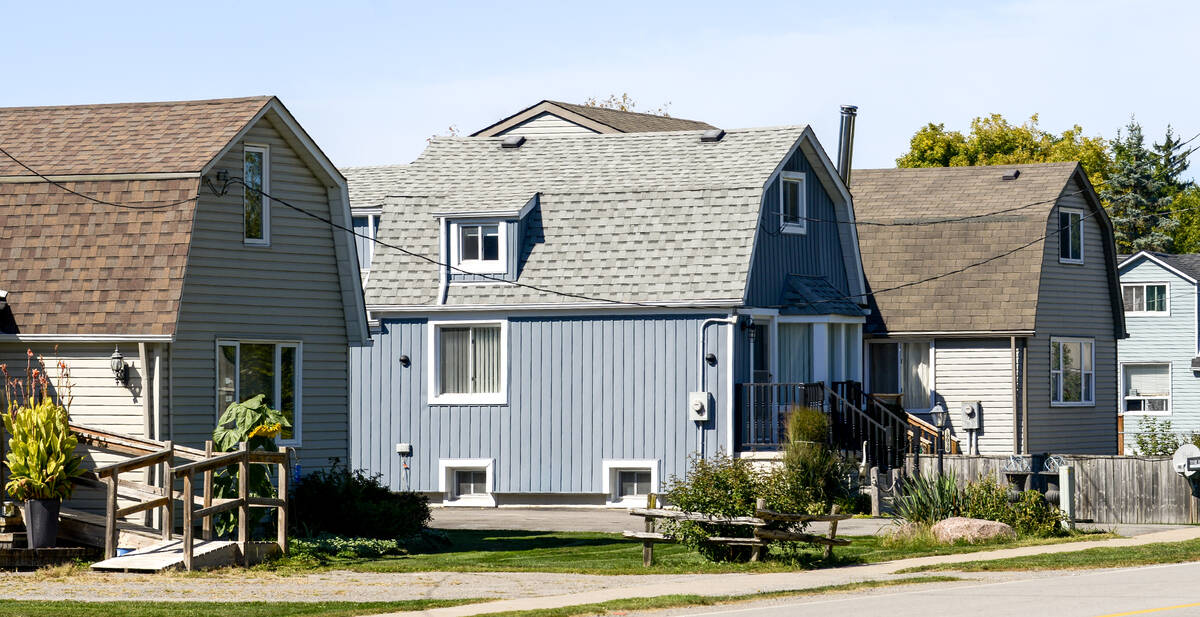
“The marsh is a real gem, it’s our gem,” said James Leduc, BWG mayor. “You can’t build on it, and we would never. It’s got a lot of income, $450 million GDP for Ontario.”
Leduc said the Marsh is a Specialty Crop Area under the Greenbelt Plan, one of two in the province, and produces a significant percentage of the vegetables grown in Ontario, with an average net revenue per acre of $318. More than double the provincial average.
The farm-gate value of the land, including year-round greenhouse vegetable production, ornamental flowers, packaging, processing, and transportation, contributes a total economic impact of over $1 billion annually, according to the Township of King’s website.
Janse observed that over 35 years at the research centre, soil depth has decreased by six to eight inches, with the loss attributed to wind erosion, harvesting and natural soil breakdown.
“We have about two-and-a-half to three feet of soil on the station,” he shared. “(But) in Ansnorveldt, there are some places where there’s less than a foot of muck left. So that’s a problem.”
When asked about potential planning options for the Marsh if horticultural production proves unviable, Jennifer Best, BWG Growth Services director, told Farmtario in an email that there is no indication it “would not continue as the ‘salad bowl’ of Ontario.”
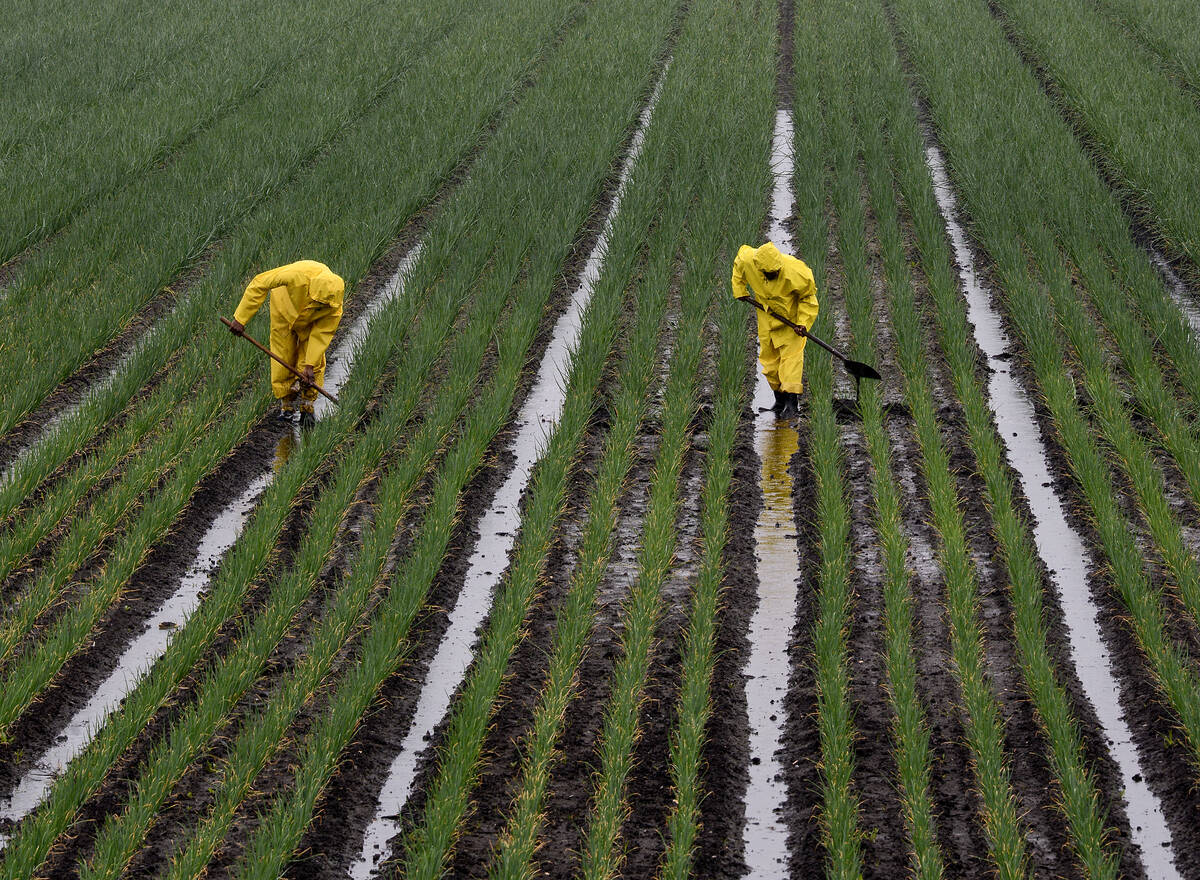
A water logged onion field in the Holland Marsh is trenched to allow water to flow out easier during a particularly wet spring in 2023. Photo: Diana Martin.
She said the Greenbelt Plan, combined with the BWG and Simcoe County’s official plans, provides increased protection and acceptable land use restrictions allowing only agriculture and agriculture-related uses, such as processing, on-farm diversification, agricultural produce sales outlets, and natural heritage conservation and forestry.
“The intended uses are to be agriculture-based and permit agricultural uses in this context,” said Best in the email. “Residential uses would be permitted in conjunction with an agricultural use, subject to some limitations.”
BWG and King Township are collaborating to align their bylaws for projects such as new agricultural buildings or housing for temporary migrant farm workers, to reduce challenges associated with farm-specific permit applications.
